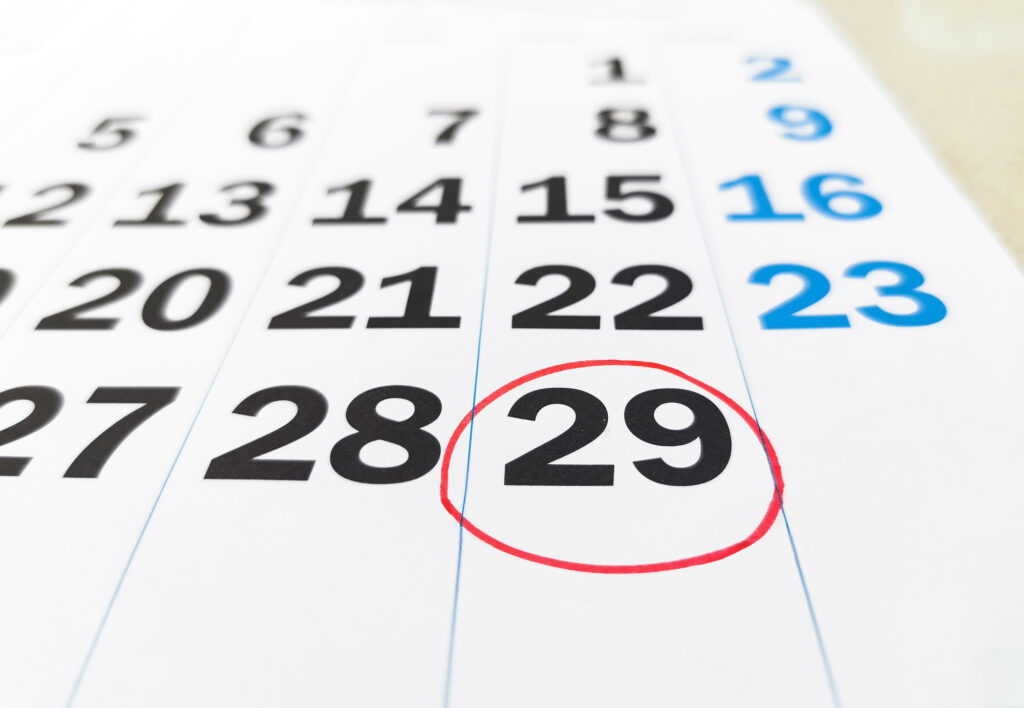In our modern calendar, every four years we find an extra day in February, an intruder that challenges the usual order of days. This day, February 29, marks a leap year, a crucial adjustment to synchronizing our time with the Earth's complex dance around the Sun.
The story of leap year is a fascinating journey that takes us to the dawn of civilization, where counting time was a constant battle against nature.
The Cosmic Dance and the Measurement Challenge:
The Earth revolves around the Sun at a constant pace, completing one revolution every 365,2422 days. This journey, known as the solar year, defines the rhythm of the seasons and the basis of our calendar.
However, mathematics does not always fit into practical life. A year with 365 full days does not follow the celestial dance accurately. Each year, we accumulate a delay of about 6 hours, which, over the course of 4 years, turns into almost a full day.
The Roman Calendar and the Search for Balance:
In the ancient Roman calendar, time counting was chaotic. Lunar months, based on the cycles of the Moon, mixed with artificial months, creating an irregular and inconsistent system.
In 46 BC, Julius Caesar, looking for a more accurate calendar, implemented the Julian Calendar. Inspired by Egyptian and Greek models, the Julian system defined a year with 365 days and added an extra day every four years, creating a leap year.
The Missing Equinox and the Gregorian Reformation:
Although the Julian Calendar was a significant advance, it was still not perfect. The extra day added every four years resulted in an accumulation of extra time over the centuries.
Over time, the Vernal Equinox, which marks the beginning of Spring in the Northern Hemisphere, began to shift from March 25, the date on which it was originally fixed in the Julian calendar.
To correct this discrepancy, Pope Gregory XIII in 1582 introduced the Gregorian Calendar, which we still use today. The Gregorian reform maintained the leap year structure, but with some modifications to adjust the calendar's precision.
Leap Year and Synchrony with Nature:
Leap year is a crucial adjustment to synchronizing our time with the Earth's natural rhythm. By adding a day every four years, we correct the accumulation of extra time and ensure that seasons and important calendar dates coincide with celestial events.
The Legacy of Leap Year:
A leap year is more than an extra day on the calendar. It is a symbol of our never-ending quest for precision and our fascination with Earth's celestial dance. It is a reminder that we are connected to the cosmos and that our time is shaped by cosmic choreography.
Reflections and Considerations:
Although leap year is a practical solution, it still has some imperfections. The accumulation of extra time, even with Gregorian modifications, can still lead to mismatches over centuries.
Scientists and astronomers continue to look for solutions to improve timekeeping. New proposals to adjust the leap calendar are under study, in search of an even more precise system to synchronize our time with the Earth's eternal dance.
The story of leap year is a story of adaptation and seeking harmony with the cosmos. It is the story of our struggle to understand and synchronize our time with Earth's celestial dance, a dance that will continue to inspire and challenge us for ages to come.
Author: António Piedade is a science communicator




















Comments